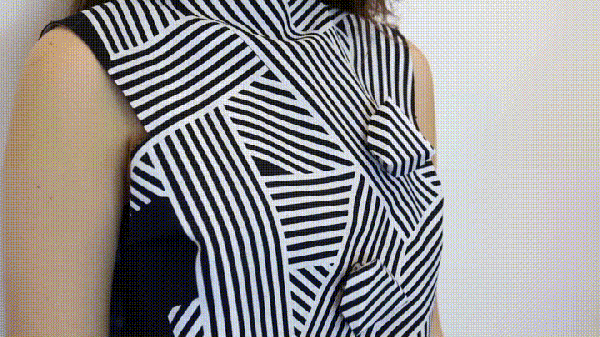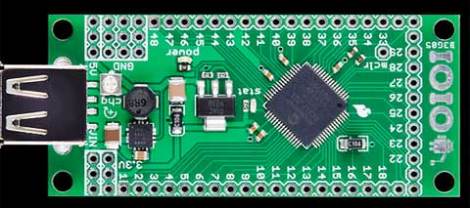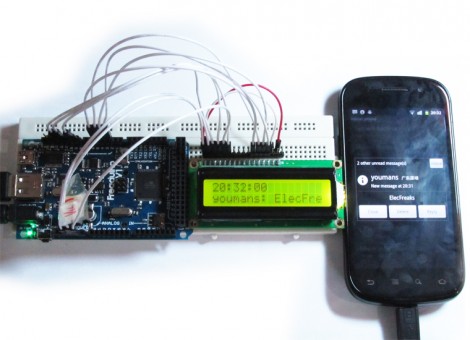Researchers from MIT and Stanford are taking the ‘person’ in ‘personal assistant’ to mean something more literal with these robots that scurry around on the user’s clothing.
Project Kino — inspired by living jewelry — are robotic accessories that use magnetic gripping wheels on both sides of the clothing to move about. For now they fill a mostly aesthetic function, creating kinetic accents to one’s attire, but one day they might be able to provide more interactive functionality. They could act as a phone’s mic, adjust clothing to suit the weather, function as high-visibility wear for cyclists or joggers, as haptic feedback sensors for all manner of applications (haptic sonar bodysuit, anyone?), assemble into large displays, and even function as a third — or more! — hand are just the tip of the iceberg for these ‘bots.
Continue reading “Project Kino: Robotic Jewelry And Tech Accessory”














